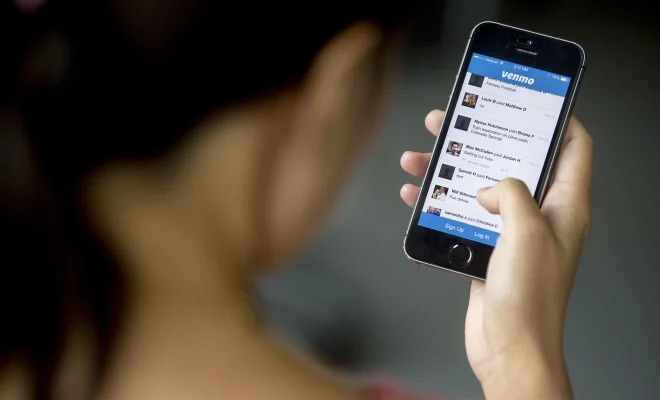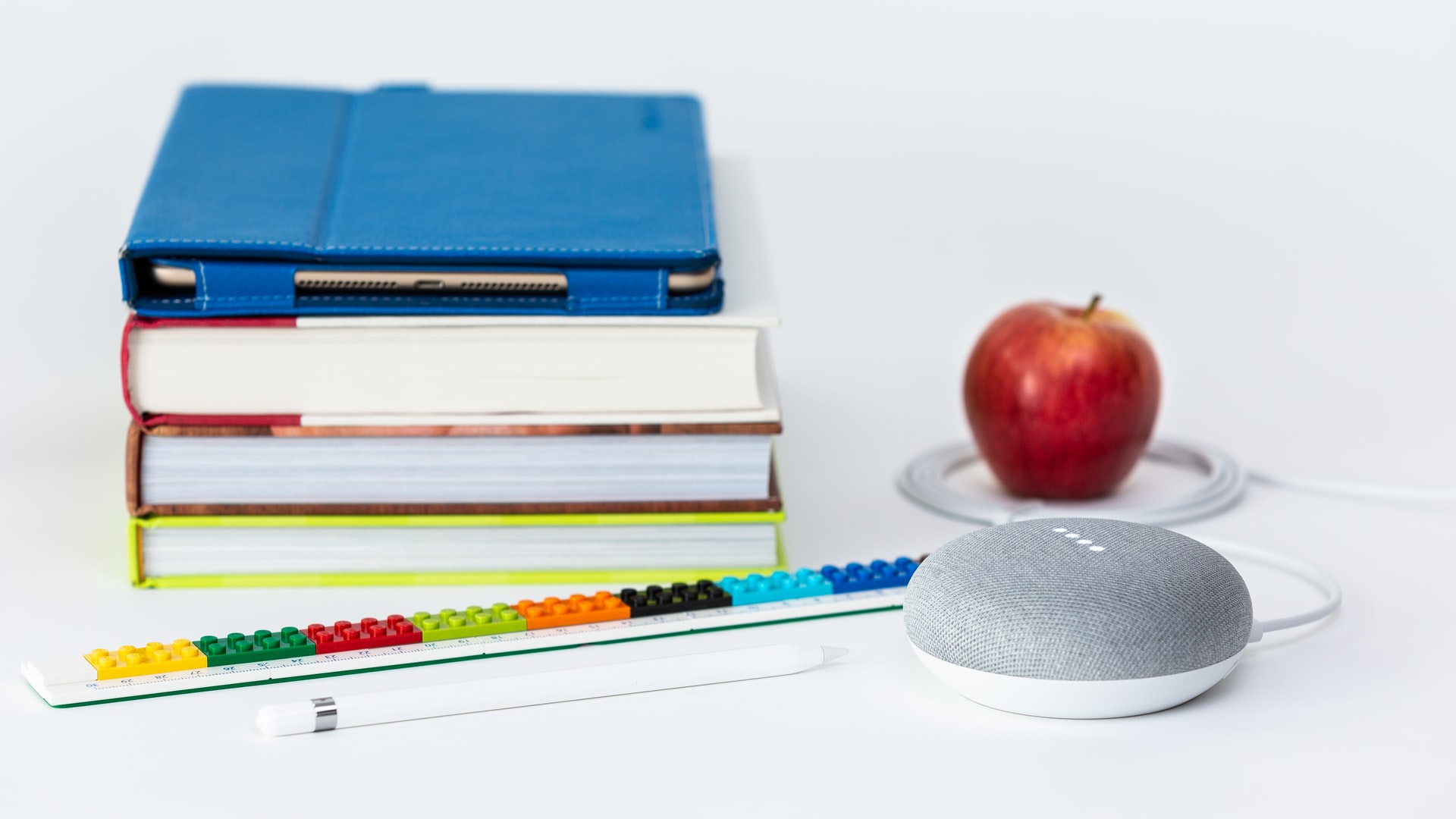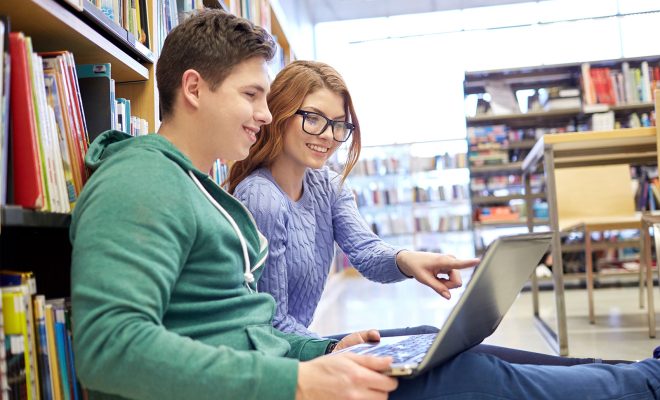How to Improve Remote Learning

The sudden transition to remote learning has caused many schools and districts to come up with more effective ways to help students continue their education. It also found educational institutions in different levels of preparedness with some schools simply sending learning modules to students while others ensure that learners are equipped with the right devices, WiFi, and online curricula as their guide. Fortunately, there are many curriculum providers online that offer free materials for teachers, parents, and students.
Despite being in the best of circumstances, remote learning is still very challenging. A school community transitioning to a remote learning environment requires planning, resources, sustainable professional development, and students to have access to devices and internet connection.
To help you improve remote learning, here are some tips you can apply:
Develop Fluency in Using Technology
According to Kevin Baird, the teacher’s self-confidence and fluency in using technology were a key component in connecting with students in a study conducted in Ysleta ISD in El Paso Texas. As such, you have to equip yourself with the knowledge and skills of using different online learning tools such as Zoom, Google Classroom, and Microsoft Teams. In addition to knowing how the technology works, you should also be aware as to why and when to use specific methods or features to ensure the best interaction between you and your learners.
Keep It Simple
You don’t want to complicate things more than they already are by using too many different learning apps and platforms or having varied routines. Keep it as simple as possible for you and your students. Avoid confusion by setting simple, measurable, attainable, results-oriented, and timely objectives. A good example is to connect new content with old ones and providing numerous examples. Just like what education expert Paul Kirschner said, you must refer to relevant prior knowledge that your students already have. He also added that the most important factor in learning new things is what one already knows. Building upon what your students already learned can make learning fun and interesting for them.
Make Remote Learning Interactive
One of the many challenges educators face in remote learning is how to make it more interactive. Students need not only to read the materials they’re provided or listen to their teachers but also have the opportunity to actively process whatever information they’re presented with. That’s why you need to use varied exercises like brief quizzes and provide detailed examples before starting the worksheets. Modeling an example through a video is also a good idea. Make sure to encourage your students during guided practice and provide them with adequate feedback.
Meanwhile, if you’re using Google Classroom you can easily make digital content more interactive by using Google Docs and Slides or share different types of media like YouTube videos, links, images, and more.
Educators, parents, and students are feeling the challenges of transitioning from the traditional in-person classroom setting to remote learning. However, by using the most appropriate methods, strategies, and technology and having the right attitude can make remote learning a success.






